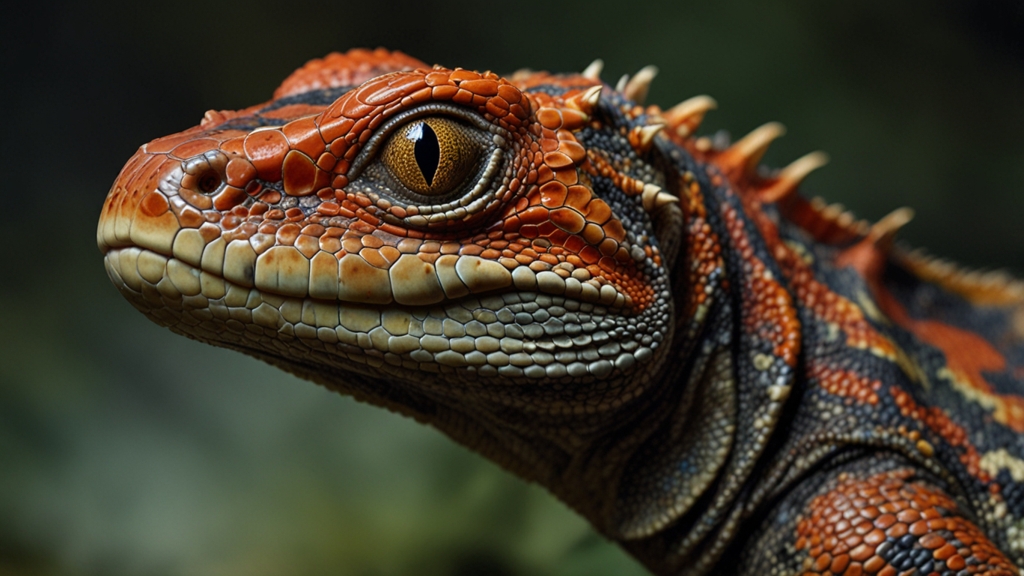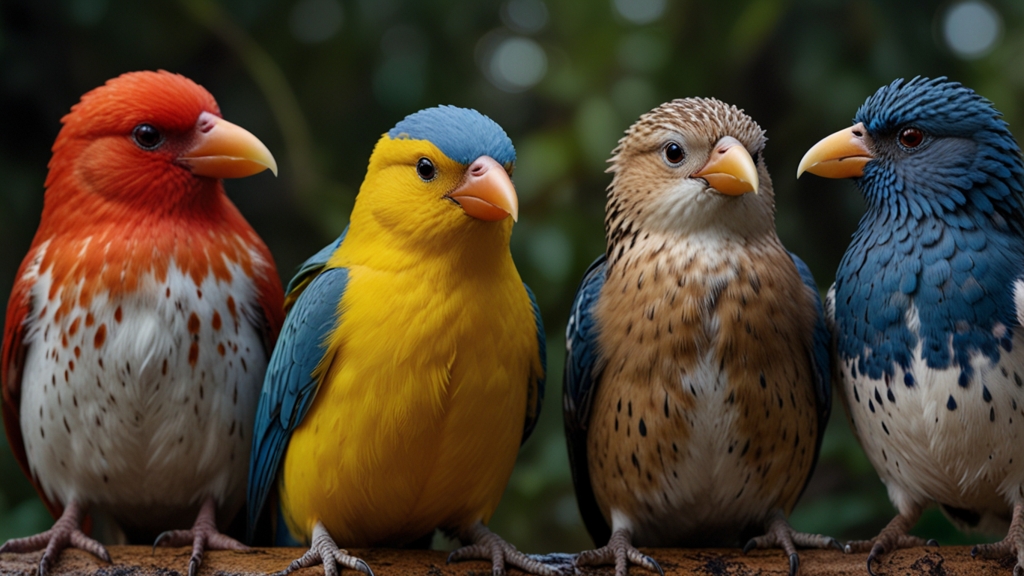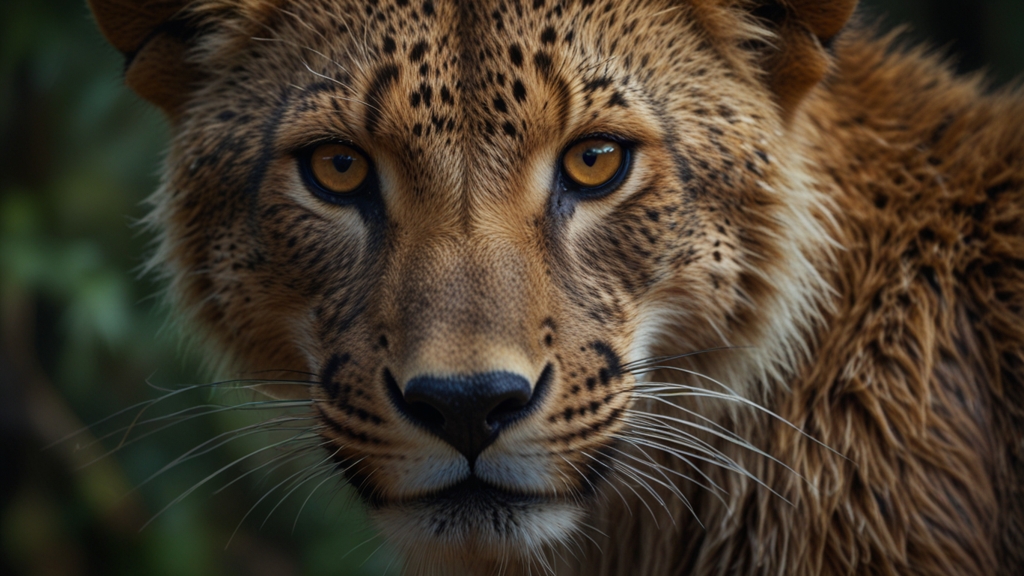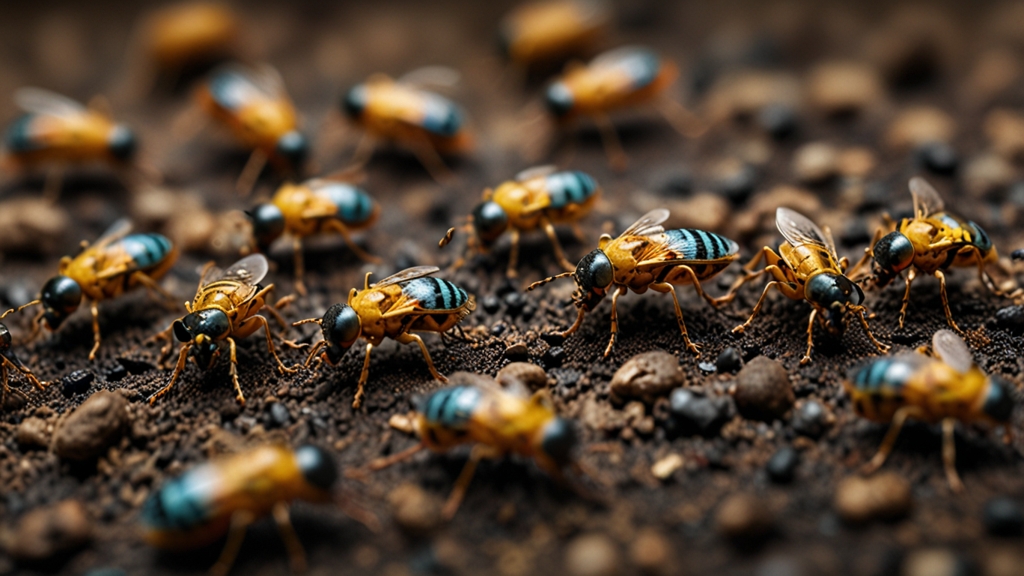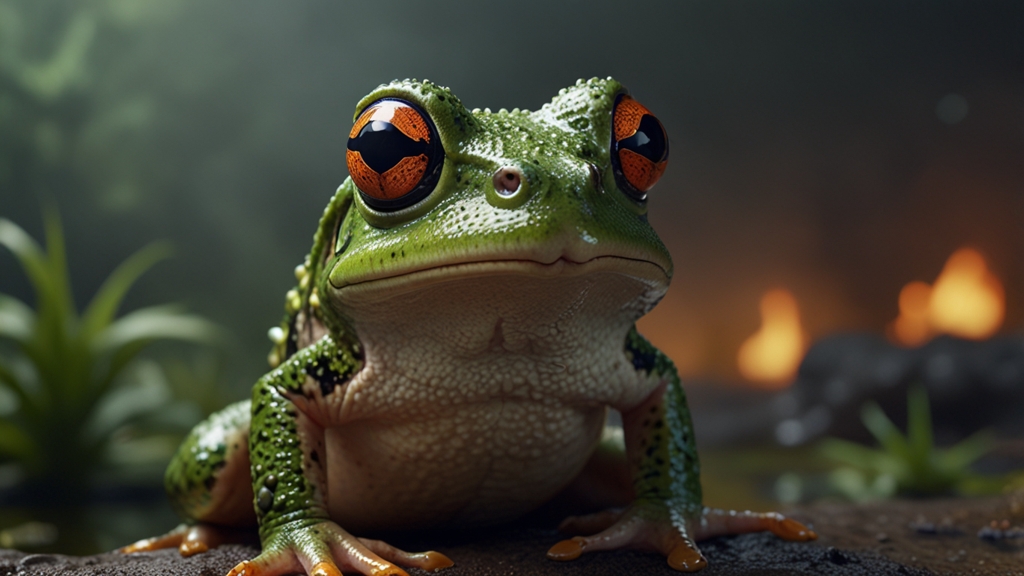Reptile Royalty: The Most Stunning Creatures You Never Knew Existed
The reptile kingdom is teeming with a diverse array of fascinating creatures that often go unnoticed in the shadow of their more popular mammalian counterparts. From glistening scales to enigmatic behaviors, these reptiles are nothing short of royalty in the animal world. Here, we introduce you to some of the most stunning, lesser-known reptiles that deserve your admiration and respect.
The Resplendent Fly River Turtle
The Fly River Turtle, also known as the Pignose Turtle (Carettochelys insculpta), is a freshwater turtle found in the rivers of northern Australia and southern New Guinea. Unlike other freshwater turtles, the Fly River Turtle has flippers similar to those of sea turtles, enabling it to move effortlessly through water. Its unique pig-like snout, sleek shell, and endearing expression make this species not only visually striking but also a marvel of evolutionary adaptation.
The Jaw-Dropping Dragon Snake
Among the most visually intriguing serpents is the Dragon Snake (Xenodermus javanicus), a reclusive species found in Southeast Asia. What sets this snake apart are the heavily keeled scales along its back, giving it an almost mythical appearance. These scales form jagged, sharp ridges reminiscent of a dragon's back, hence the name. Despite its fierce appearance, the Dragon Snake is a shy, nocturnal creature that remains a mystery to many.
The Enigmatic Armadillo Lizard
Native to the rocky outcrops of southern Africa, the Armadillo Lizard (Ouroborus cataphractus) is another captivating reptile. This small but robust lizard derives its name from its unique defense mechanism: when threatened, it curls into a ball, much like an armadillo, protecting itself from predators. The remarkable armor-like, spiny scales covering its body contribute to its stunning and formidable appearance.
“When we contemplate the wonders of the reptile kingdom, we uncover a world brimming with intricate designs and survival strategies that rival any work of art or human ingenuity.” — Herpetologist Journal
The Vibrant Blue Iguana
In the Caribbean, the Blue Iguana (Cyclura lewisi) reigns supreme on the island of Grand Cayman. Its electric blue scales are not just a visual delight but a stark reminder of the adapting power of nature. Once teetering on the brink of extinction, conservation efforts have helped these lizards make a remarkable comeback. With their striking colors and dignified demeanor, Blue Iguanas are the epitome of reptilian royalty.
The Ghostly Tentacled Snake
Another marvel from Southeast Asia's aquatic environments is the Tentacled Snake (Erpeton tentaculatum). This water-dwelling serpent has two unique "tentacles" protruding from its snout, which it uses to sense prey. Its cryptic behavior and unusual appearance make it a subject of fascination and study. When submerged, it appears almost ghost-like, a testament to the mysterious and hidden wonders of the reptile world.
“Every scale, every movement, and every behavioral trait in reptiles tells a story of survival and splendor, often overlooked and underappreciated.” — Reptilia Enthusiast Magazine
The Regal Emerald Tree Boa
High up in the canopies of the Amazon rainforest lives the Emerald Tree Boa (Corallus caninus), a snake with a truly royal bearing. Its vivid green coloration, occasionally adorned with white markings, allows it to blend seamlessly with its lush surroundings. This arboreal snake spends much of its life coiled among branches, showcasing its dignified poise. Known for its impressive size and striking appearance, the Emerald Tree Boa is undeniably a gem of the reptile world.
In a world filled with intriguing wildlife, it is essential to acknowledge and celebrate the lesser-known members of the animal kingdom. These stunning reptiles, with their unique adaptations and remarkable beauty, remind us of nature's endless creativity and complexity. By gaining a deeper appreciation for these creatures, we contribute to their conservation and the preservation of the natural wonders that sustain our planet.
